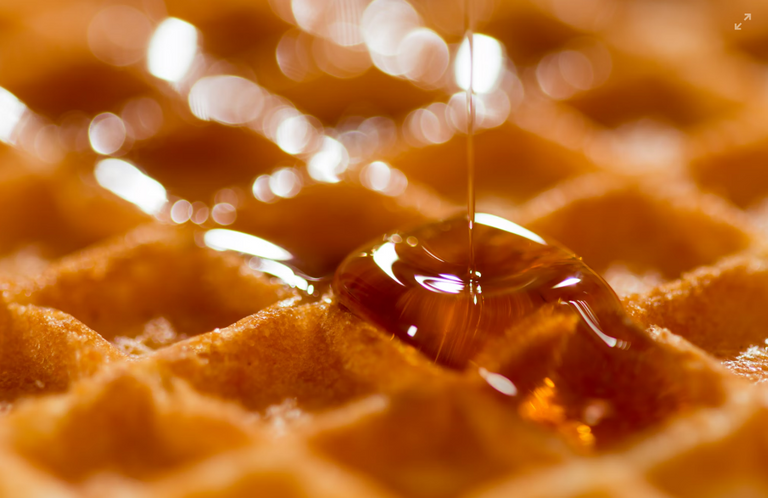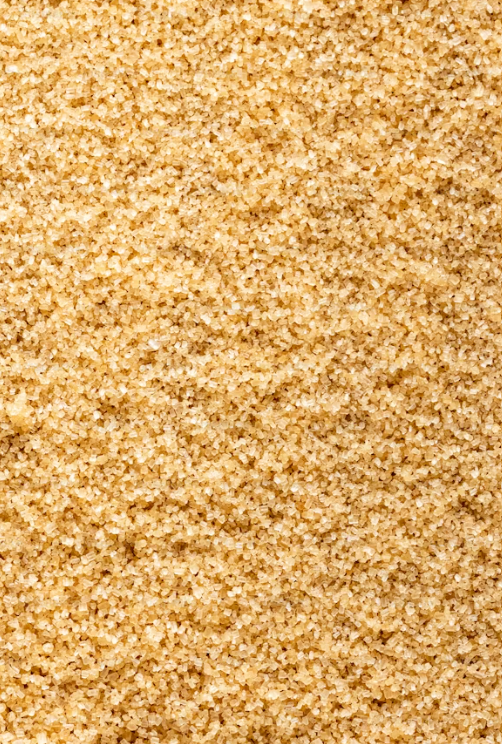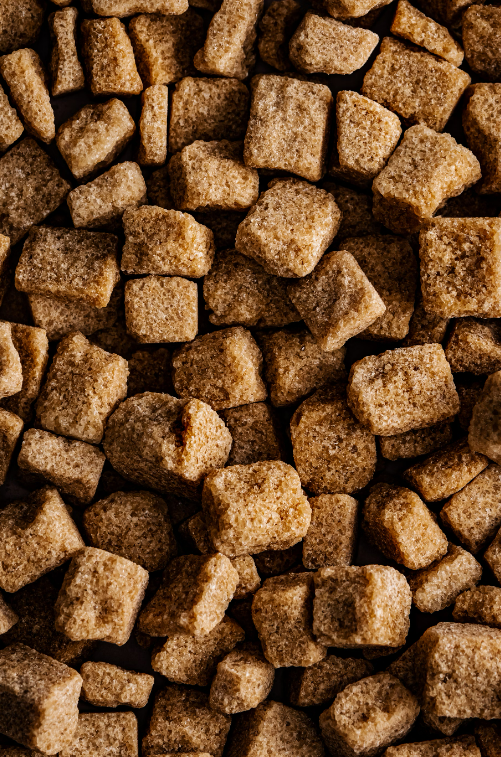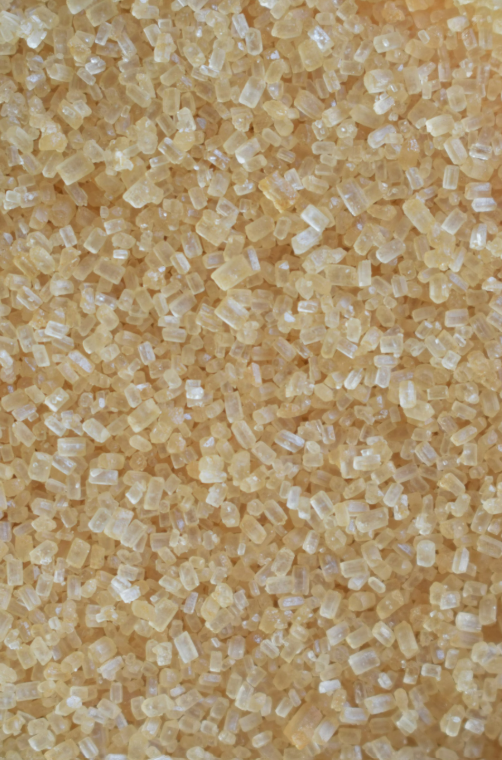Sugar is a staple ingredient in most kitchens, but with growing awareness of its effects on health, people are exploring alternatives. Brown sugar, with its distinct flavor and slight nutritional edge, is often considered a better option than refined white sugar. Let’s delve into the reasons why you might want to make the switch.
What is Brown Sugar?
Brown sugar is essentially white sugar combined with molasses, giving it a distinctive color, texture, and flavor. It comes in two varieties:
- Light Brown Sugar: Contains less molasses, with a milder flavor.
- Dark Brown Sugar: Contains more molasses, offering a richer taste.
Key Differences Between Brown Sugar and White Sugar
| Feature | Brown Sugar | White Sugar |
|---|---|---|
| Color | Golden to dark brown | Bright white |
| Flavor | Rich, caramel-like | Neutral, sweet |
| Moisture | Moist and soft | Dry and granulated |
| Nutritional Content | Contains trace minerals from molasses | Pure sucrose, no additional nutrients |
Benefits of Shifting to Brown Sugar
1. Contains Trace Nutrients
- Why It’s Better: Brown sugar retains small amounts of minerals like calcium, potassium, iron, and magnesium, thanks to the molasses content.
- Comparison: While these amounts are minimal and should not replace a nutrient-rich diet, they are absent in white sugar.
2. Provides a Natural Flavor Boost
- Why It’s Better: Brown sugar’s rich, caramel-like flavor enhances baked goods, sauces, and beverages without the need for additional flavorings.
- Examples: Use it in cookies, marinades, and coffee for a deeper taste.
3. Lower Level of Refinement
- Why It’s Better: Brown sugar undergoes less processing compared to white sugar, which means it’s slightly less refined.
- Impact: This makes brown sugar a more natural option for those looking to reduce the intake of highly processed foods.
4. Moisture-Retaining Properties
- Why It’s Better: Brown sugar’s higher moisture content makes it ideal for baking soft, chewy cookies and cakes.
- Use: It’s perfect for recipes where moisture retention is crucial, such as brownies or muffins.
5. Slightly Lower Caloric Content
- Why It’s Better: Brown sugar has slightly fewer calories per gram than white sugar, though the difference is minimal.
- Details: A teaspoon of brown sugar contains about 15 calories, while the same amount of white sugar has about 16.3 calories.
Potential Downsides to Consider
- Still Sugar: Both brown and white sugar are high in sucrose and can contribute to weight gain, blood sugar spikes, and tooth decay if consumed excessively.
- Molasses Content: The trace nutrients in brown sugar are too small to make a significant health impact if sugar is your primary source.
Tips for Switching to Brown Sugar
- Baking: Substitute white sugar with brown sugar in baked goods for a richer flavor and softer texture.
- Coffee/Tea: Add brown sugar to hot beverages for a subtle caramel-like taste.
- Cooking: Use brown sugar in marinades, glazes, and sauces to enhance savory dishes.
- Storage: Keep brown sugar in an airtight container to prevent it from hardening. If it does harden, a slice of bread or a damp cloth in the container can soften it.
Healthier Sweetening Alternatives
If you’re looking for more significant health benefits, consider reducing your sugar intake altogether or exploring alternatives like:
- Honey: Rich in antioxidants and enzymes.
- Maple Syrup: A natural sweetener with trace nutrients.
- Coconut Sugar: Lower glycemic index and contains inulin, which may support gut health.
- Stevia or Monk Fruit: Calorie-free, natural sugar substitutes.
Conclusion
Shifting to brown sugar from white sugar can be a small but flavorful change in your diet. While it doesn’t offer major health benefits, its natural flavor and slightly better nutrient profile make it a more appealing option for cooking, baking, and sweetening beverages. Remember, moderation is key when consuming any form of sugar.



